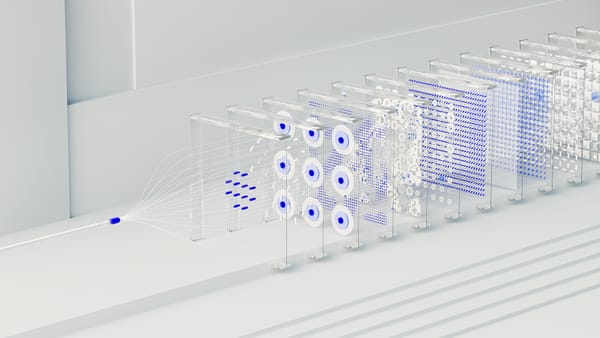Bringing ARM into the AI Data Infrastructure Fold at MinIO Using SVE

One of the reasons that MinIO is so performant is that we do the granular work that others will not or cannot. From SIMD acceleration to the AVX-512 optimizations we have done the hard stuff. Recent developments for the ARM CPU architecture, in particular Scalable Vector Extensions (SVE), presented us with the opportunity to deliver significant performance and efficiency gains
Read more...




















